- About us
- Support the Gallery
- Venue hire
- Publications
- Research library
- Organisation chart
- Employment
- Contact us
- Make a booking
- Onsite programs
- Online programs
- School visit information
- Learning resources
- Little Darlings
- Professional learning
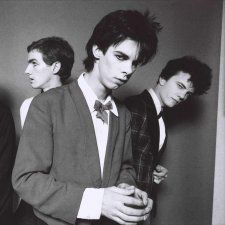
In 1976, without having been blooded on the Sydney or Melbourne pub circuit, The Saints recorded a single – ‘(I’m) Stranded’ – earning them the distinction of releasing a punk single before The Sex Pistols did.
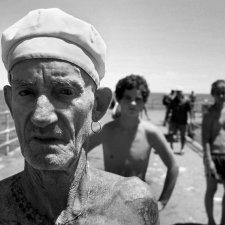
An interview with the photographer.
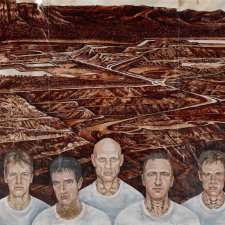
Rock’s raw potency made it the ideal medium for fomenting protest. The 1970s, 80s and onwards saw calls for social and environmental justice ring out through song.
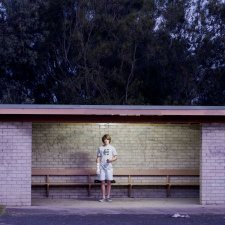
An interview with the photographer.
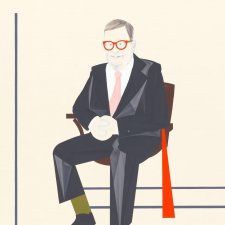
From 2015 to 2017 the Acquisition Fund was focussed on Reg Richardson AM by Mitch Cairns, a finalist in the Archibald Prize 2014, and a great example of minimalist portraiture.
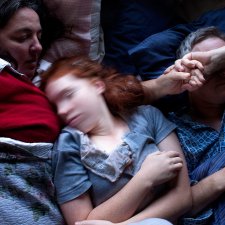
I think the most important thing in capturing candid shots is to never take the photo when people are expecting you to press the shutter. The more poignant moments are not the stock standard images of people looking at the camera smiling but after or before when they are really interacting with each other.
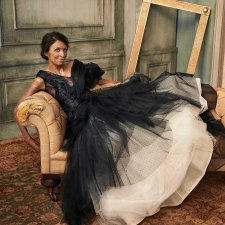
In 2021 the Annual Appeal was focussed on Peter Brew-Bevan's portraits of athletes Turia Pitt, Leisel Jones OAM and Ellie Cole OAM.
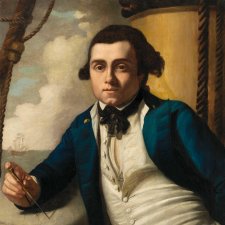
The National Portrait Gallery will, next Tuesday, unveil an exciting new acquisition of irrefutable importance to all Australians. Portrait of William Bligh, in master’s uniform c. 1776, attributed to John Webber, is one of the earliest portraits of the contentious, historical figure, and extends the Gallery’s remarkable collection of early colonial portraits.

Images for media use will be available from 8 March 2018.
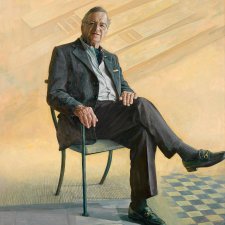
The Chairman, Board, Director and all the Staff of the National Portrait Gallery mourn the loss of our Founding Patron, who died peacefully in Melbourne this morning. He was 94.
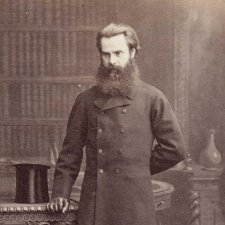
The restrained and cultivated facial hair fashions evident through the first decades of the 1800s were on the wane by the middle of the century, when hirsute faces became mainstream.
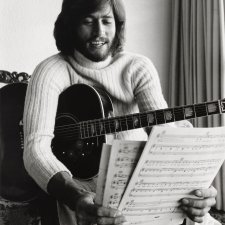
Certain European leaders (needless to name) had the effect of making certain styles of facial hair decidedly undesirable in the years immediately after World War 2.
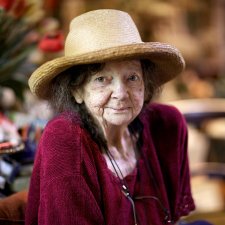
An interview with the photographer.
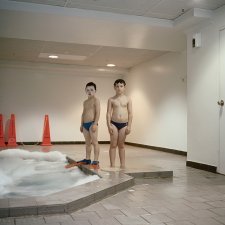
Dr Christopher Chapman, National Photographic Portrait Prize judge and curator, introduces the 2009 Prize.

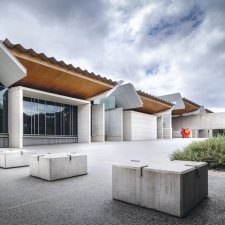
How the National Portrait Gallery and its unique collection came to be